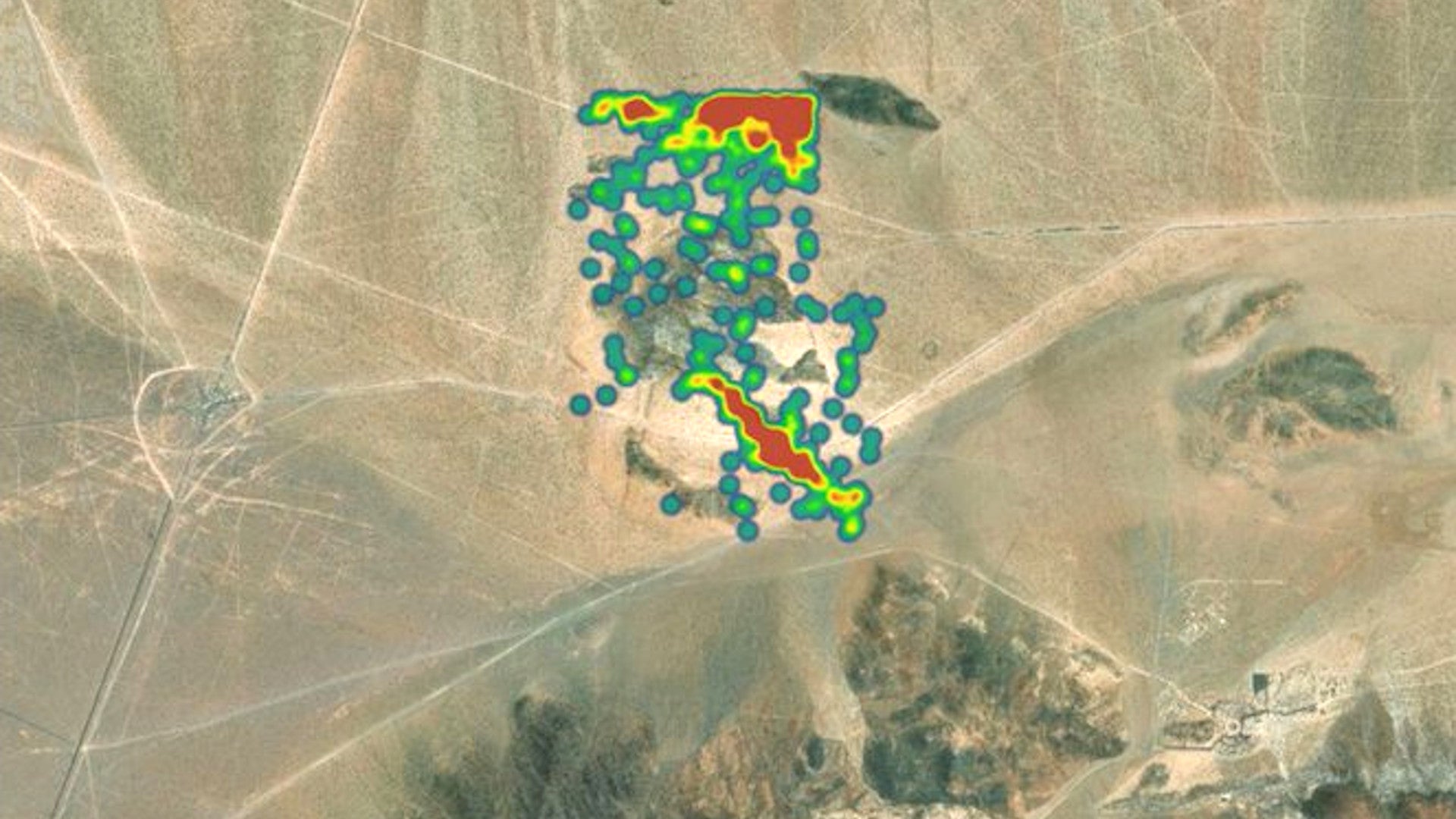- Reaction score
- 9,165
- Points
- 1,160
A 2015 video on the collaboration between Boeing and Saab. Attaching the rocket from a decommissioned cluster munition dispenser to a Small Diameter Bomb
The Finns bought up all the MLRS systems the Danes and the Dutch were disposing of, and a few more from the Americans.
The Norwegians were planning on getting rid of their MLRS launchers but decided to keep them when this option came along.

 en.wikipedia.org
en.wikipedia.org
The Anti-Jammer warhead could be a nice complement to the Swarming Technology.
The Finns bought up all the MLRS systems the Danes and the Dutch were disposing of, and a few more from the Americans.
The Norwegians were planning on getting rid of their MLRS launchers but decided to keep them when this option came along.
Ground Launched Small Diameter Bomb (GLSDB)[edit]
Boeing and Saab Group have modified the Small Diameter Bomb with a rocket motor to be launched from ground-based missile systems such as the M270 MLRS.[46] With the Army demilitarizing cluster munitions from M26 rockets, the company says a special adapter case could reuse the rocket to launch the SDB. After the motor launches it to a high enough altitude and speed, the wings will deploy and glide the bomb to its target. The company believes it can fill a gap for long-range precision fires while using its smaller warhead to save larger rocket munitions for strategic targets. While typical MLRS systems follow a ballistic trajectory, the rocket-launched SDB can be launched to an altitude and glide on a selected trajectory.[47][48] Boeing and Saab Group conducted three successful GLSDB tests in February 2015. The system is cost-effective, utilizing an existing weapon paired with a stockpiled rocket motor, while maintaining the loadout on a rocket artillery system. Unlike other artillery weapons, the GLSDB offers 360-degree coverage for high and low angles of attack, flying around terrain to hit targets on the back of mountains, or circling back around to a target behind the launch vehicle. The GLSDB has a range of 150 km (93 mi), and can also hit targets 70 km (43 mi) behind it.[49][50][51] In a 2017 demonstration, the GLSDB engaged a moving target at a distance of 100 km. The SDB and rocket motor separated at altitude and the bomb used an SAL seeker to track and engage the target.[52] A 2019 test extended this range to 130 km against a target at sea.[53]

GBU-39 Small Diameter Bomb - Wikipedia
Alternative guidance and warheads[edit]
In November 2014, the U.S. Air Force began development of a version of the SDB I intended to track and attack sources of electronic warfare jamming directed to disrupt the munitions' guidance. The home-on-GPS jam (HOG-J) seeker works similar to the AGM-88 HARM to follow the source of a radio-frequency jammer to destroy it.[16][17]
In January 2016, the Air Force awarded a contract to Scientific Systems Co. Inc. to demonstrate the company's ImageNav technology, a vision-based navigation and precision targeting system that compares a terrain database with the host platform's sensor to make course corrections. ImageNav technology has demonstrated target geo-location and navigation precision greater than three meters.[18]
In January 2016, Orbital ATK revealed that the Alternative Warhead (AW), designed for the M270's GMLRS to achieve area effects without leaving behind unexploded ordnance, had been successfully tested on the SDB.[19]
The Anti-Jammer warhead could be a nice complement to the Swarming Technology.






